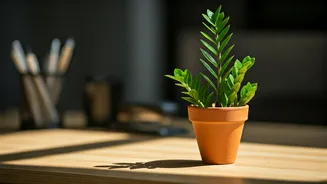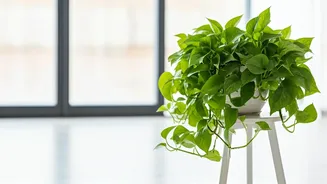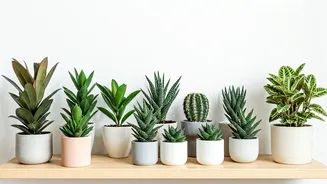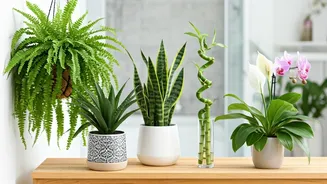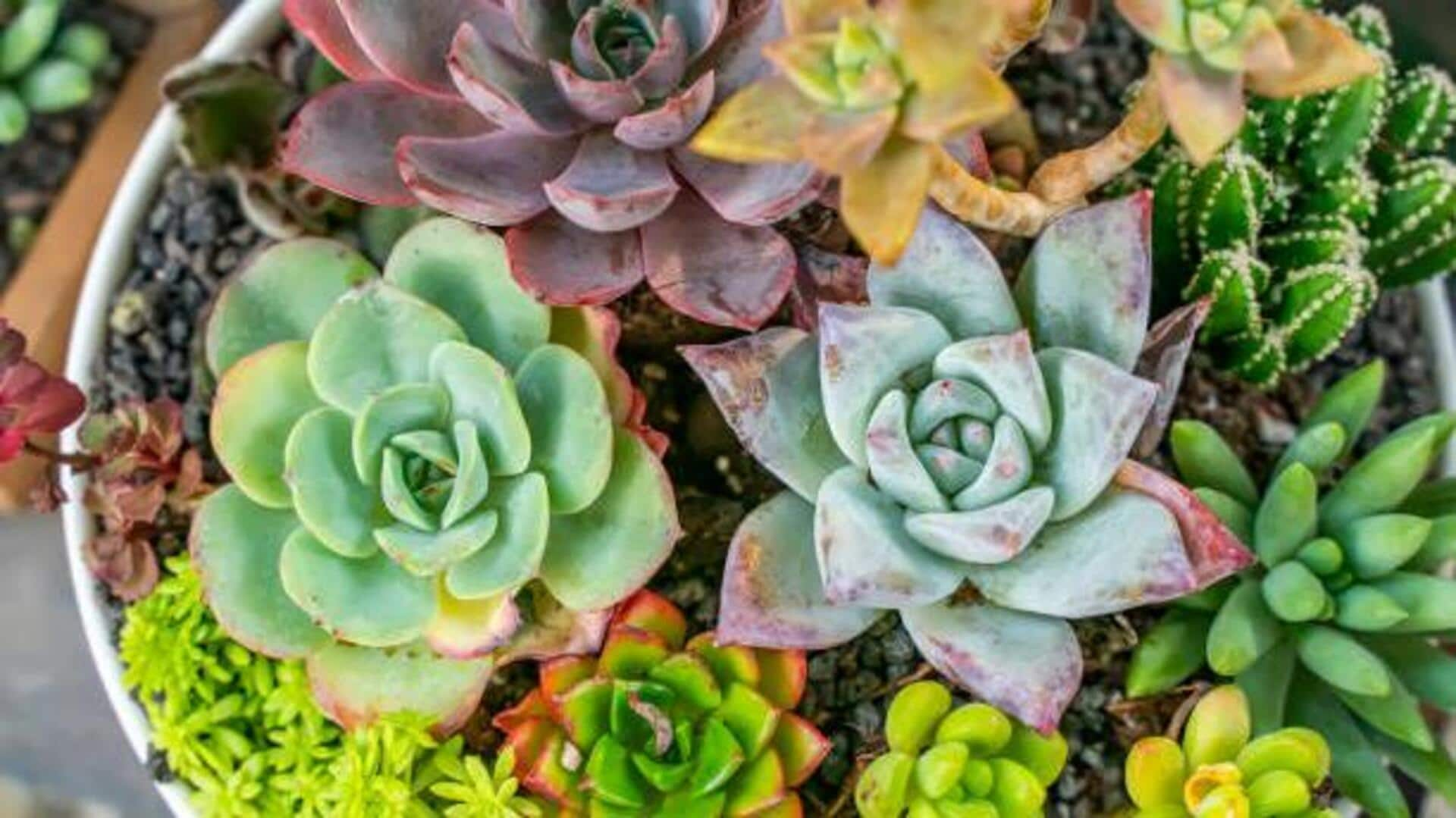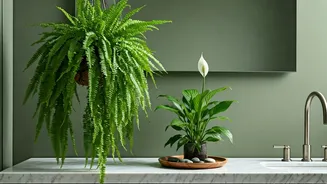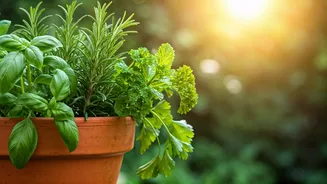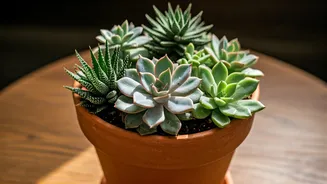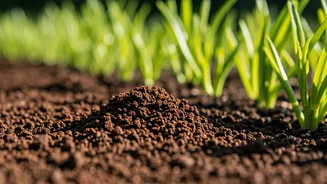Plant Selection Matters
Selecting the right plants is the first stride toward cultivating a flourishing indoor garden on your desk. Opt for low-maintenance varieties that are
well-suited to indoor environments and the varying light conditions found in office spaces. Consider the amount of natural light your workspace receives. Some plants thrive in direct sunlight, while others prefer shade. Popular choices like snake plants, ZZ plants, and pothos are quite resilient and can adapt to different light conditions, requiring minimal care. Consider the size of your desk and the available space, ensuring you select plants that won't overwhelm your workspace. Research the specific needs of each plant you're considering to ensure they align with your capacity to provide care. Choosing the right plants from the outset will greatly simplify your maintenance routine and help your desk garden flourish.
Mastering Light Conditions
Proper lighting is vital for the health and vitality of your desk plants, because it fuels photosynthesis, which is how plants generate their own food. Evaluate the light exposure your desk receives throughout the day. South-facing windows offer the most direct sunlight, while north-facing windows receive less. If your desk doesn't receive sufficient natural light, consider using artificial grow lights. Position your plants accordingly, placing sun-loving species near bright windows and shade-tolerant ones in less illuminated areas. Periodically rotate your plants to ensure even light exposure and prevent them from leaning towards a single light source. Monitor the plants for signs of insufficient light, such as leggy growth or yellowing leaves. Conversely, too much direct sunlight can cause leaf burn, so be observant and adjust the placement as needed. Experiment to discover the ideal lighting conditions for each of your plants and adjust them as seasons change.
Watering Wisely: Hydration Tips
Watering is a crucial aspect of caring for desk plants, and it involves finding the right balance to ensure healthy growth. Overwatering is a common problem, often leading to root rot, so it's essential to allow the soil to partially dry out between waterings. The frequency will vary depending on the plant type, the size of the pot, and environmental factors like temperature and humidity. Check the soil moisture by inserting your finger into the soil; if the top inch feels dry, it's time to water. Water thoroughly until excess water drains from the drainage holes in the bottom of the pot, which helps prevent salt buildup. Avoid letting the plants sit in standing water, as this can harm the roots. Consider using a watering can with a narrow spout for precision. Also consider using filtered water or allowing tap water to sit for a day or two to reduce chlorine. Adjust your watering schedule with seasonal changes; plants typically need less water during colder months when growth slows down.
Nutrient Supply & Fertilizing
Providing adequate nutrients is crucial for robust growth and vibrant appearance of your desk plants. Plants obtain essential nutrients from the soil, but in indoor environments, these nutrients can deplete over time. Fertilizing supplements the soil, ensuring plants receive the necessary elements for optimal health. Select a balanced liquid fertilizer formulated for indoor plants. Read and carefully follow the instructions on the fertilizer packaging to avoid over-fertilizing, which can cause salt buildup and root damage. Fertilize plants during their growing season, typically spring and summer, when they actively produce new leaves and shoots. Reduce or halt fertilization during the dormant winter months when growth slows. Observe your plants for signs of nutrient deficiencies, such as yellowing leaves or stunted growth. Regularly assess your plants’ health and adjust your fertilizing schedule as needed to meet their needs.
Pest Control & Monitoring
Protecting your desk plants from pests is essential for preserving their health and beauty. Regularly inspect your plants for signs of infestation, such as tiny insects, webs, or discolored leaves. Common indoor plant pests include spider mites, aphids, mealybugs, and scale. If you discover pests, act promptly to prevent them from spreading. Isolate the affected plant from other plants to prevent the infestation from spreading. Try non-toxic methods for pest control such as wiping the leaves with a damp cloth, or spraying the plant with insecticidal soap or neem oil. In severe cases, you might need to use a systemic insecticide following label instructions. Regularly monitor your plants for any signs of reinfestation, and adjust your control methods as necessary. Maintain proper plant health through adequate light, water, and nutrients, as healthy plants are typically more resistant to pests.
